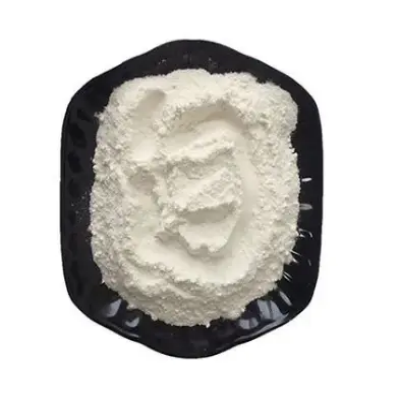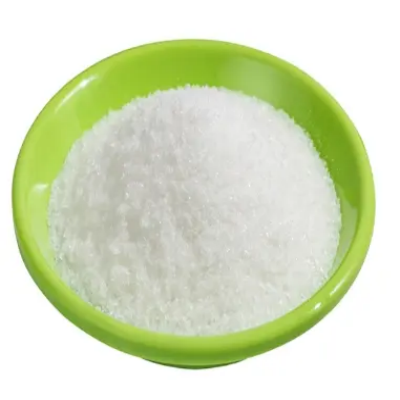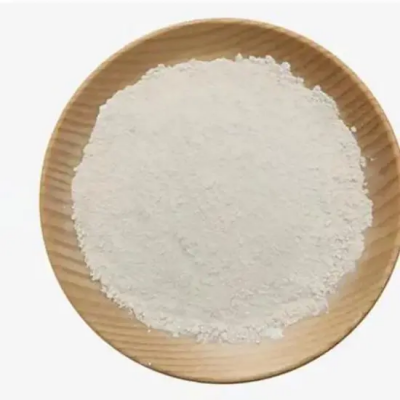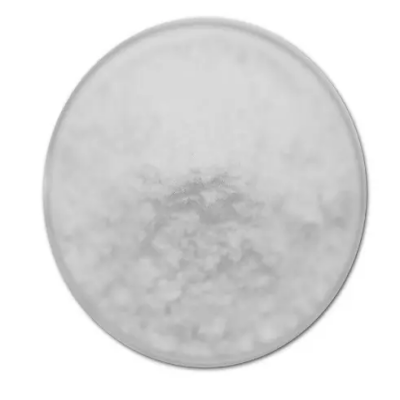Diethylaminomalonatehydrochloride CAS:13433-00-6
Diethylaminomalonatehydrochloride serves several important functions across different fields: Organic Synthesis: It acts as a key intermediate in organic synthesis, particularly in the preparation of pharmaceuticals, agrochemicals, and fine chemicals. Its reactivity allows for the introduction of the diethylamino group into target molecules, enabling the synthesis of diverse organic compounds with desired properties. Medicinal Chemistry: Diethylaminomalonatehydrochloride and its derivatives are significant in medicinal chemistry as building blocks for drug synthesis. They serve as precursors to pharmaceutical compounds with various pharmacological activities, including antiviral, antibacterial, and anticancer properties. Researchers utilize these compounds to develop novel therapeutic agents for the treatment of diseases. Catalysis: In certain catalytic reactions, Diethylaminomalonatehydrochloride acts as a catalyst or ligand, facilitating chemical transformations with high efficiency and selectivity. Its presence enhances reaction rates and controls the stereochemistry of products, making it valuable in asymmetric synthesis and other catalytic processes. Photoluminescent Materials: Some derivatives of Diethylaminomalonatehydrochloride exhibit photoluminescent properties, making them useful in the fabrication of luminescent materials and devices. These materials find applications in optoelectronic devices, sensors, and imaging technologies, where fluorescence or phosphorescence is desired for detection and visualization purposes. Analytical Chemistry: Diethylaminomalonatehydrochloride derivatives are employed in analytical chemistry as reagents for the determination of certain analytes or functional groups. They participate in chemical reactions that lead to color changes or other detectable signals, enabling the qualitative or quantitative analysis of substances in complex mixtures. Polymer Chemistry: Diethylaminomalonatehydrochloride-based compounds contribute to polymer chemistry by serving as monomers or additives in the synthesis of functional polymers. These polymers exhibit tailored properties such as solubility, thermal stability, and optical properties, making them suitable for various applications including coatings, adhesives, and biomedical materials. In conclusion, Diethylaminomalonatehydrochloride plays a crucial role in organic synthesis, medicinal chemistry, catalysis, materials science, analytical chemistry, and polymer chemistry. Its versatility and functional groups make it a valuable building block and reagent for diverse chemical transformations and applications, driving advancements in multiple scientific and industrial fields.






| Composition | C7H14ClNO4 |
| Assay | 99% |
| Appearance | white powder |
| CAS No. | 13433-00-6 |
| Packing | Small and bulk |
| Shelf Life | 2 years |
| Storage | Store in cool and dry area |
| Certification | ISO. |









